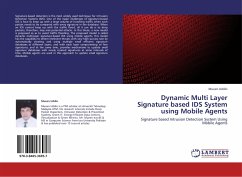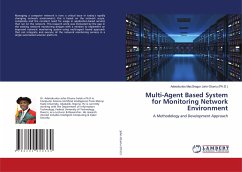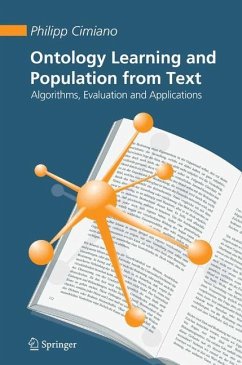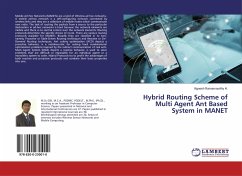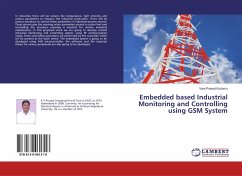
Modeling of Multi-Robot System Based On Behavior Of Artemia Population
Versandkostenfrei!
Versandfertig in 6-10 Tagen
53,99 €
inkl. MwSt.

PAYBACK Punkte
27 °P sammeln!
Artemia Salina belongs to a genus of very primordial crustaceans, whose behavior is not widely investigated in literature. Their collective behavior is studied in this book both experimentally and theoretically. Different experiments have been designed to control the direction of motion of an Artemia population by exploiting their sensitivity to light and to measure the response of the population to light at different wavelengths. Through experiments, setup videos have been recorded in order to extract Artemia motion behavior by applying moving object detection algorithm. Image processing base...
Artemia Salina belongs to a genus of very primordial crustaceans, whose behavior is not widely investigated in literature. Their collective behavior is studied in this book both experimentally and theoretically. Different experiments have been designed to control the direction of motion of an Artemia population by exploiting their sensitivity to light and to measure the response of the population to light at different wavelengths. Through experiments, setup videos have been recorded in order to extract Artemia motion behavior by applying moving object detection algorithm. Image processing based on morphology has been used in moving object detection to recognizing population individuals and noise avoidance. Also testing the presence of determinism in time series of Artemia under light influence has been performed which represents a good indication for the ability to model Artemia system. Mathematical models have been also derived based on Newton law, explaining the mechanisms underlying Artemia flocking formation when a light spot is applied to the system. Simulating the model of Artemia flock behavior has been performed by MATLAB in order to examine the performance of model.




